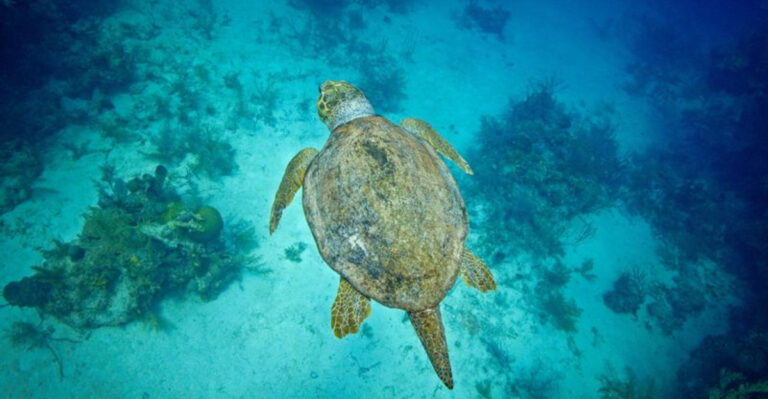The Most Overfished Species In America And Why It’s Harmful To Our Health And Planet

Fish has always been a favorite on American dinner tables, but our appetite comes at a steep cost. Many popular seafood species are being caught faster than they can reproduce, creating a dangerous imbalance in our oceans.
Overfishing not only threatens marine ecosystems but also impacts human health by reducing access to essential nutrients found in seafood. Let’s look at the most overfished species in America and understand why protecting them matters for both our health and our planet.
1. Atlantic Cod – The Fallen Giant
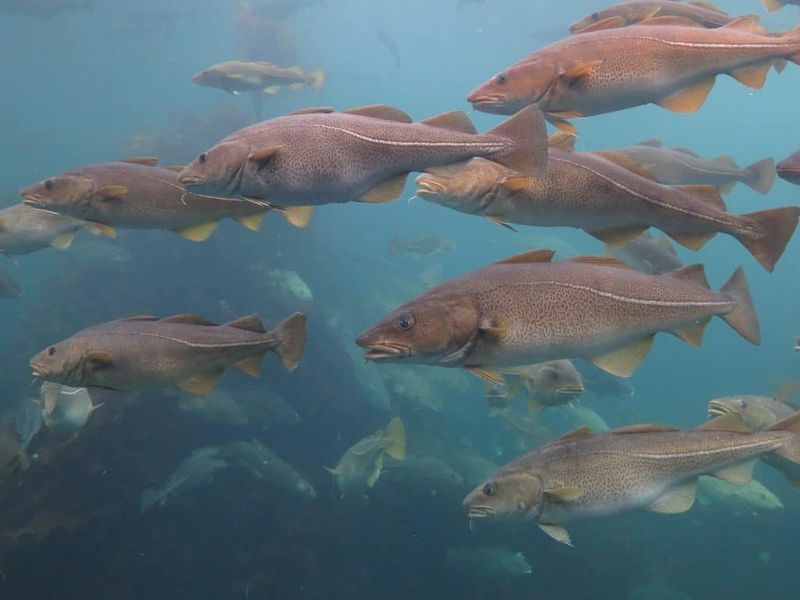
Once so abundant that early explorers claimed you could walk across the Atlantic on their backs, Atlantic cod populations have crashed by over 90% since the 1990s. This white-fleshed fish was America’s original seafood staple.
The collapse devastated coastal communities in New England that relied on cod fishing for generations. Despite strict regulations, recovery has been painfully slow. Scientists blame a combination of warming waters and continued fishing pressure.
When we lose cod, we lose a nutrient-rich protein source packed with omega-3s and B vitamins. The ecosystem suffers too – fewer cod means exploding populations of their prey species, creating a dangerous domino effect throughout the food web.
2. Bluefin Tuna – Racing Toward Extinction

Prized for sushi and commanding prices up to $3 million for a single fish, bluefin tuna are magnificent ocean athletes that can swim up to 45 mph. Their popularity on dinner plates has pushed them to the brink of extinction, with populations down nearly 97% from historic levels.
These massive fish (reaching 1,500 pounds) take years to mature and reproduce slowly, making them especially vulnerable to overfishing. Their meat contains concerning levels of mercury and PCBs that accumulate in their bodies over their long lifespans.
The loss of these apex predators creates ripple effects throughout marine food chains, allowing mid-level predator populations to explode unchecked. This disruption threatens the ocean’s delicate balance.
3. Red Snapper – The Southern Delicacy Under Pressure

Famous for its sweet, nutty flavor and beautiful crimson skin, red snapper is a Gulf Coast treasure now swimming in troubled waters. Populations plummeted in the 1980s and 1990s due to intense commercial and recreational fishing pressure.
Recovery efforts have shown some success, but the species remains vulnerable. Red snapper grow slowly and can live up to 50 years, making population rebounds challenging. Mislabeling compounds the problem – studies show up to 87% of fish sold as “red snapper” is actually something else entirely!
When properly managed, red snapper represents a sustainable, healthy protein source rich in selenium and vitamin B12. Their reef habitat protection is crucial for maintaining Gulf ecosystem health.
4. Atlantic Salmon – Wild Runs Nearly Gone
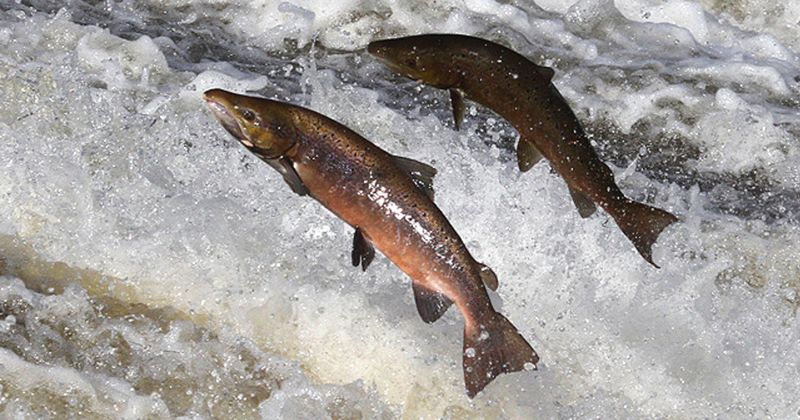
Wild Atlantic salmon once thundered up countless East Coast rivers by the millions. Today, they’re commercially extinct in U.S. waters, with remaining populations at just 1% of historic levels. These remarkable fish can leap 12-foot waterfalls during their epic migrations from ocean to freshwater spawning grounds.
Dam construction, pollution, and overfishing drove their collapse. Most “salmon” Americans eat now comes from farms, which create their own environmental problems through waste, parasites, and escaped fish threatening wild populations.
Wild salmon provide irreplaceable ecological services – transporting marine nutrients inland, feeding everything from bears to eagles, and even fertilizing streamside forests. Their fatty flesh offers premium omega-3s that farmed versions can’t match.
5. Orange Roughy – The Centenarian Fish We’re Losing
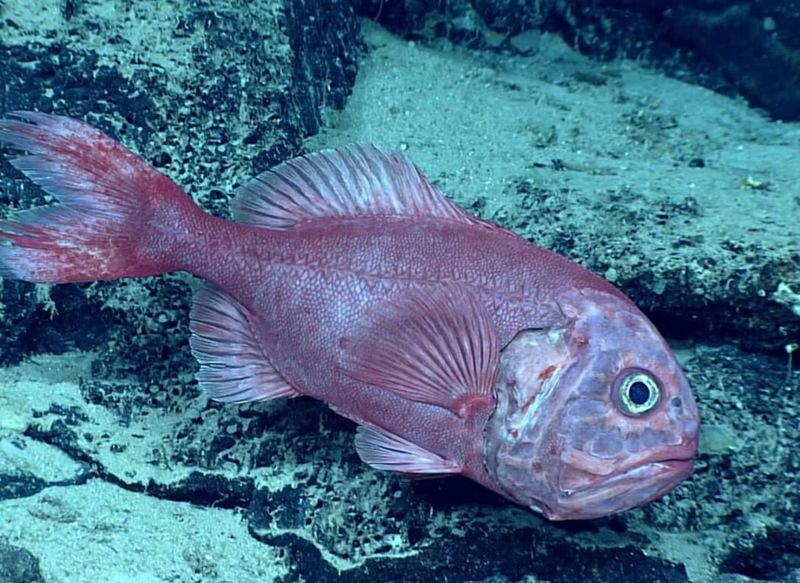
Orange roughy might be the most unsustainable seafood choice in America. These deep-sea dwellers can live over 100 years and don’t reproduce until age 20-30. When fisheries discovered their tasty white flesh in the 1980s, populations were decimated within a decade.
Found at crushing depths of 3,000+ feet, orange roughy congregate around seamounts, making them easy targets for modern fishing technology. Their extreme longevity means they accumulate high levels of mercury and other toxins over their century-long lives.
The destruction extends beyond just one species. Deep-sea trawling for orange roughy devastates ancient coral gardens and sponge forests that have grown undisturbed for thousands of years – fragile ecosystems we’ve barely begun to understand.
6. Chilean Sea Bass – The Marketing Miracle That Backfired
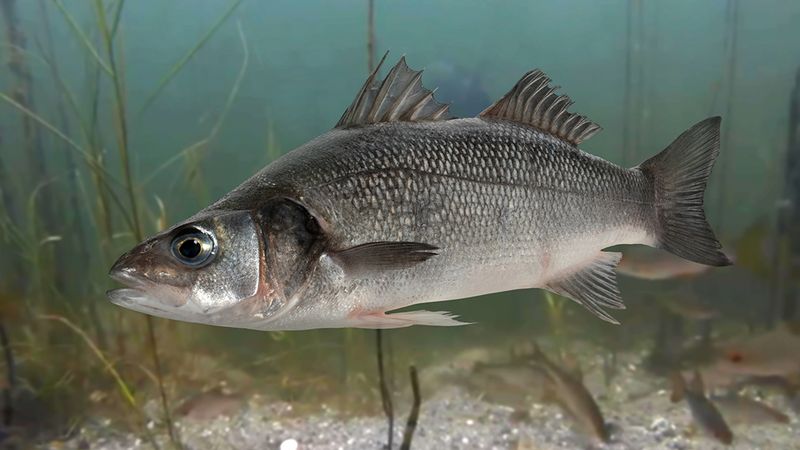
Would you pay $30 per pound for “Patagonian toothfish”? Probably not, which is why clever marketers renamed this ugly deep-sea dweller “Chilean sea bass” in the 1990s. The rebrand worked too well – demand exploded, and illegal fishing soon removed 80% of the population.
These slow-growing fish take 10 years to mature and can live 50+ years in frigid Antarctic waters. Their buttery, flaky flesh became a restaurant sensation, but at a devastating environmental cost. Thousands of albatrosses, petrels, and other seabirds die annually on the hooks meant for these fish.
While some certified sustainable fisheries now exist, much “Chilean sea bass” still comes from pirate fishing operations. Their high fat content makes them calorie-dense but also excellent sources of vitamin D and omega-3s.
7. Atlantic Halibut – The Vanishing Giant Flatfish
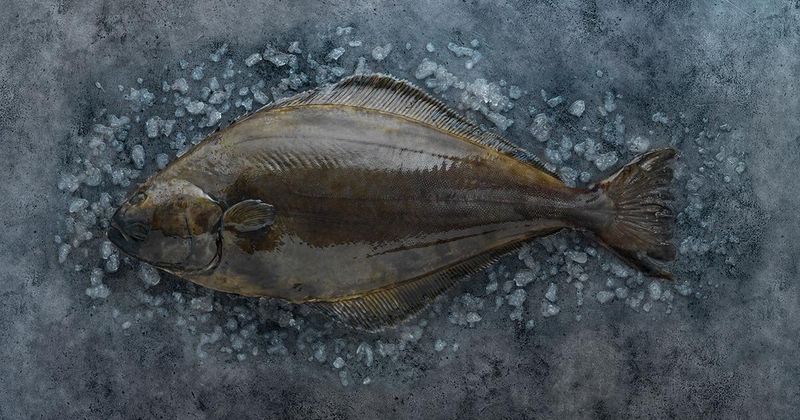
The largest flatfish in the ocean, Atlantic halibut can grow to an astonishing 700 pounds and 15 feet long. These bottom-dwelling giants have been fished to less than 3% of their historic population along the Eastern seaboard, prompting fishing bans in U.S. waters.
Female halibut can produce up to 4 million eggs annually, but slow growth rates (taking 10-14 years to reach reproductive age) make recovery difficult. Most “halibut” in American restaurants now comes from Pacific stocks or is actually different species entirely.
These magnificent flatfish serve crucial ecological roles as top predators in seafloor ecosystems. Their firm, white flesh offers exceptional protein quality and omega-3 content. Sustainable alternatives include carefully managed Pacific halibut and farmed alternatives like tilapia.
8. Grouper – Reef Guardians In Decline
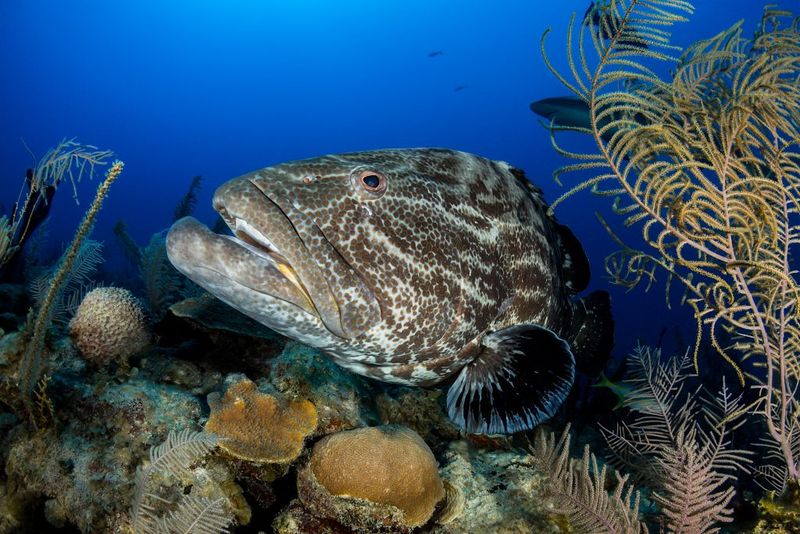
Groupers are the gentle giants of coral reefs, with some species growing to 800 pounds and living 50+ years. Their large size, curious nature, and tendency to gather in predictable spawning aggregations make them easy targets for fishermen. Nassau grouper populations have declined over 60% in recent decades.
Many grouper species change sex as they age, starting as females and becoming males when they reach a certain size. Fishing pressure that removes the largest individuals can therefore eliminate most males from a population, making reproduction impossible.
Beyond their ecological importance as reef predators, groupers help control populations of damaging species like lionfish. Their firm, mild flesh makes them restaurant favorites, but their slow growth means even moderate fishing pressure can be devastating.
9. Sharks – Apex Predators On The Edge

Americans consume millions of pounds of shark annually, often unknowingly as “fish and chips” or imitation crab meat. Shark populations have plummeted by 71% since 1970, with some species like the oceanic whitetip declining by 98%. These ancient predators have survived 400 million years but may not survive us.
Sharks grow slowly, mature late, and produce few young – some species have pregnancies lasting two years! This reproductive strategy worked for millions of years until modern fishing arrived. The demand for shark fin soup drives much of the slaughter, with fins often cut off and the still-living sharks dumped back into the ocean.
Healthy oceans need sharks to control prey populations and maintain ecosystem balance. They’re living mercury detectors, with high toxin levels making them unhealthy food choices.
10. Winter Flounder – The Vanishing Inshore Staple

Winter flounder were once so common in New England waters that recreational anglers could catch buckets full from shore. Today, populations have crashed to historic lows – down 87% since the 1980s. These right-eyed flatfish are remarkable for their ability to change color to match their surroundings.
Climate change hits winter flounder particularly hard. Rising water temperatures disrupt their carefully timed reproduction and push them northward, away from traditional fishing grounds. Coastal development has destroyed critical nursery habitats in eelgrass beds and shallow estuaries.
The loss of winter flounder removes a crucial link in coastal food webs and eliminates a historically important food source for coastal communities. Their mild, sweet flesh provides excellent protein with minimal fat, making them nutritionally valuable when sustainably harvested.
11. American Eel – The Mysterious Migrator

American eels lead one of nature’s most mysterious lives – born in the Sargasso Sea, drifting to American shores as tiny glass eels, then traveling thousands of miles upstream to grow for decades before returning to their birthplace to spawn and die. This remarkable species has declined by over 95% since the 1970s.
Prized in Asian markets where they’re farmed to adulthood, baby eels (called elvers) can fetch over $2,000 per pound, creating intense fishing pressure. Dams block their essential migrations, while changing ocean currents disrupt their epic life cycle.
Eels play vital roles in freshwater ecosystems as both predators and prey. Their fatty flesh is nutritionally rich but potentially concerning due to their tendency to accumulate environmental contaminants during their long lives in polluted waters.
12. Menhaden – The Invisible Foundation Of Coastal Ecosystems
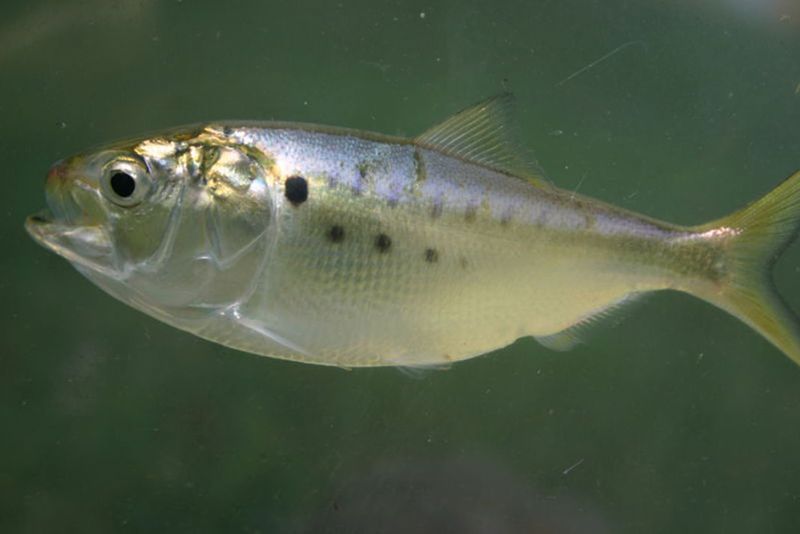
You’ve probably never eaten menhaden directly, but these small, oily fish support virtually everything you love about coastal ecosystems. Often called “the most important fish in the sea,” billions are harvested annually to make fish oil supplements, animal feed, and fertilizer.
These filter-feeders clean water by consuming algae and converting it to protein. A single adult menhaden can filter 4-7 gallons of water per minute! They’re also crucial food for striped bass, bluefish, whales, dolphins, ospreys, and eagles.
Industrial-scale fishing has removed 90% of menhaden biomass from coastal waters. The resulting ecological cascade affects water quality, sport fishing, and tourism. When menhaden disappear, harmful algal blooms increase, oxygen levels drop, and entire food webs unravel from the bottom up.




